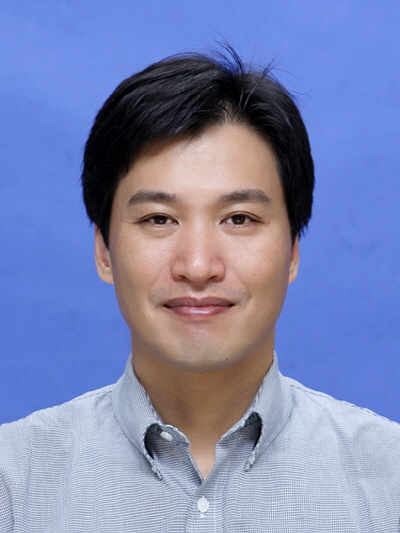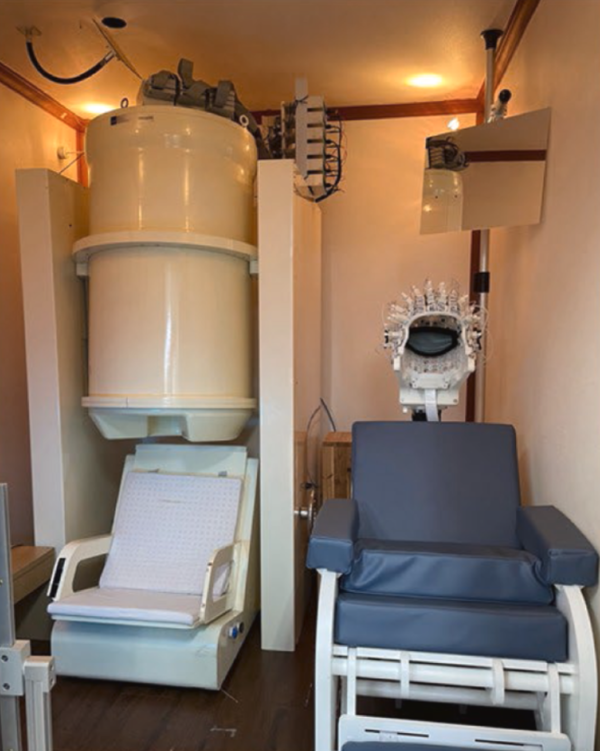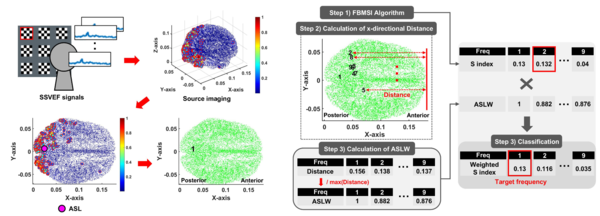
On August 19, a research team led by Professor Im Chang-hwan of the Department of Biomedical Engineering at Hanyang University, in collaboration with Dr. Kim Min-young’s group at the Korea Research Institute of Standards and Science (KRISS), announced that they have developed an algorithm that significantly improves the accuracy of brain-computer interface (BCI) technology using magnetoencephalography(MEG).
BCI is a technology that analyzes brain signals to detect a user's intent or mental state, enabling control of external devices or communication by thinking. Recently, public interest in BCI has grown, in part due to initiatives like Neuralink by Elon Musk. In Korea as well, related research has been gaining more attention. In the defense sector, BCI research is being conducted to detect soldiers' intentions on the battlefield to control surrounding devices such as drones or to monitor soldiers' concentration level and emotional state.
However, currently prevalent non-invasive BCI technologies mostly rely on electroencephalography (EEG), which has limitations in applicable areas requiring high accuracy—such as in defense—due to low spatial resolution and inconvenience from electrode attachment.
Professor Im's team turned to MEG as a solution to these limitations. MEG enables high-resolution observation of both spontaneous and evoked neural activity without the need for electrode attachment by measuring minute magnetic fields generated by neuronal currents. While conventional MEG systems based on superconducting quantum interference devices (SQUID) that operate at cryogenic temperatures are bulky and expensive, the new optically pumped magnetometer(OPM)-based MEG operating at room temperature has led to the potential commercialization of wearable, easy-to-use BCI systems.

KRISS, through the future defense technology project “Research of Measurement and Signal Processing/Decoding Technology for MEG Sensors for Wearable Application,” has established both SQUID- and OPM-based MEG BCI systems and demonstrated that stable signals can be acquired with minimal noise, improving upon conventional EEG-based BCI (Figure 1). Based on this, Professor Im's team used steady-state visual evoked fields (SSVEF) with visual stimulation frequencies of 6.0–8.0 Hz to obtain high-resolution brain signals, empirically proving the feasibility of a significant performance boost in MEG-based BCI systems (Figure 2).

The results of the study showed that MEG-based BCI outperformed EEG-based BCI by more than 20% in recognition accuracy and information transfer rate(number of bits transferred per second). Not only that, the team further developed algorithms specialized for MEG-based BCI, achieving an additional performance improvement of more than 10%. Whereas conventional SSVEF-based BCI algorithms use signals only around the visual cortex, the new methods utilize the high-resolution signals of MEG by: (1) employing the spatial distribution of synchronization indices between SSVEF and reference signals, and (2) developing a source imaging-based algorithm. These advances leverage MEG signals from brain regions beyond the visual cortex, significantly enhancing overall accuracy.
Professor Im stated, “This study is significant in that it directly translated the high spatial resolution of MEG into improved BCI performance through core algorithm development. Once wearable MEG systems become available, these technologies could be widely applied to real-time communication between soldiers or workers, concentration monitoring, and mental health assessment.”
This research was supported as part of the future defense technology R&D project, funded by the Korean government(Defense Acquisition Program Administration) and led by the Agency for Defense Development. The results were published in July in IEEE Transactions on Neural Systems and Rehabilitation Engineering and NeuroImage, both SCI top 5% international journals.
관련기사
- The National Academy of Engineering of Korea Announces New Members for 2025...Seven 토토사이트 토스 입금 Professors Included
- Taking a Look at Bio-Medical Engineering Through Prof. Lee Byung-hun, Jang Dong-pyo, and Im Chang-hwan
- Enhancing Dynamic Visual Acuity Through Brain Electrical Stimulation
- New Tech for Voice Recognition Through Mouthing in VR

 '한양위키' 키워드 보기
'한양위키' 키워드 보기